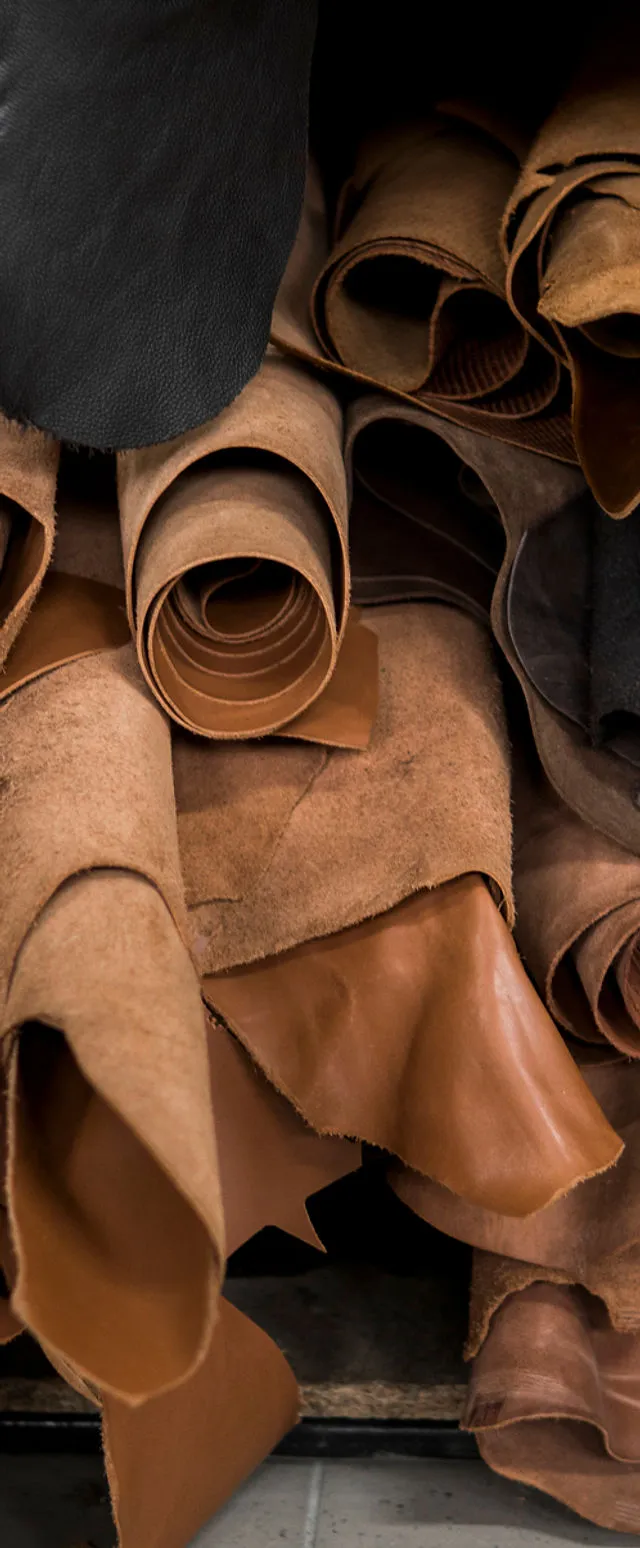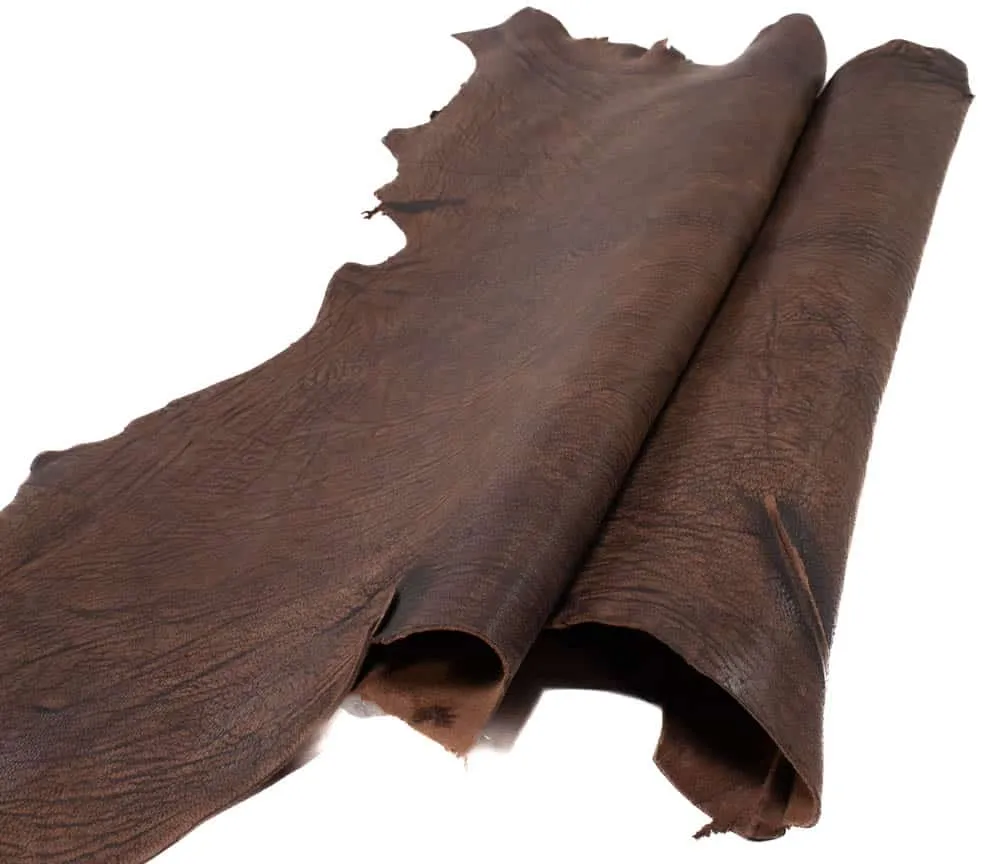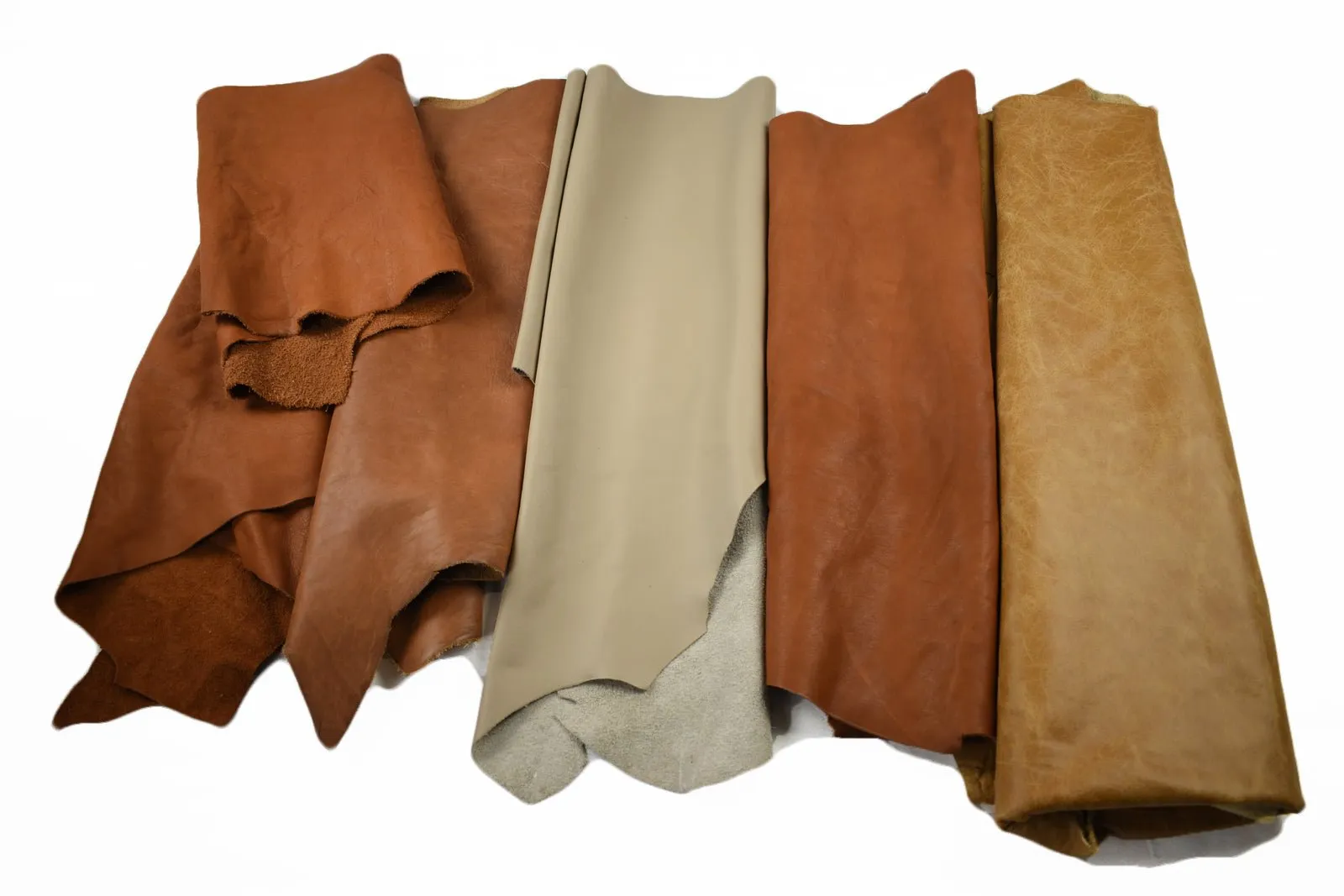Raw leather sheets are versatile and timeless materials that find extensive applications in various industries, ranging from fashion and furniture to automotive and crafts. With their natural beauty, durability, and unique characteristics, raw leather sheets offer a plethora of benefits and aesthetic appeal to both manufacturers and consumers. This article provides a comprehensive overview of raw leather sheets, including their production process, types, applications, advantages, and buying guide.
I. Production Process of Raw Leather Sheets:
1. Animal Selection: The quality of raw leather sheets largely depends on the animal hide chosen, such as cow, sheep, goat, or buffalo, each possessing distinct properties.
2. Tanning: The tanning process involves chemically treating the raw hide to prevent rotting and make it suitable for various applications. Common tanning methods include chrome tanning and vegetable tanning.
3. Drying and Stretching: After the tanning process, the leather is dried and stretched to ensure uniform thickness and eliminate wrinkles.
4. Finishing: This stage involves applying various finishes, such as dyeing, buffing, embossing, or polishing, to enhance the appearance and properties of the leather.
5. Quality Control: Rigorous quality control measures are undertaken to ensure that the final raw leather sheets meet desired standards.
II. Types of Raw Leather Sheets:
1. Full-grain Leather: Considered the highest quality, full-grain leather retains the original surface and characteristics of the hide, providing natural strength and durability. Full-grain leather is often used in premium products and luxury goods.
2. Top-grain Leather: Top-grain leather is derived by splitting the top layer of the hide and sanding away imperfections. Although slightly less durable than full-grain leather, it offers excellent resistance to wear and tear and retains the natural texture.
3. Split Leather: Obtained from the lower layers of the hide, split leather is comparatively less durable and often used in applications where full-grain or top-grain leather may be excessive, such as linings or cheaper products.
4. Corrected-grain Leather: Corrected-grain leather undergoes additional treatment to remove blemishes and imperfections. It is then embossed with a pattern or grain to provide a uniform appearance. Corrected-grain leather is commonly used in furniture upholstery and automotive interiors.

III. Applications of Raw Leather Sheets:
1. Fashion and Accessories: Raw leather sheets are widely used in the fashion industry to create apparel, footwear, belts, bags, wallets, and other fashion accessories due to their luxurious and durable nature.
2. Furniture and Upholstery: The versatility and timeless appeal of raw leather sheets have made them popular in the furniture industry, where they are used for upholstery, chairs, sofas, and recliners, offering a combination of comfort, elegance, and durability.
3. Automotive Industry: Raw leather sheets have become a symbol of luxury and sophistication in the automotive industry. They are used to upholster car interiors, steering wheels, and gear knobs, providing a comfortable and visually appealing experience.
4. Crafts and Art: Leather crafts and art forms, such as bookbinding, journal covers, handbags, wallets, and sculptures, often utilize raw leather sheets due to their ability to be shaped, dyed, and tooled according to the artist’s creativity.
5. Industrial Usage: Raw leather sheets are also used in various industrial applications like conveyor belts, machine belts, gaskets, and other heavy-duty applications due to their strength, resistance, and durability.
IV. Advantages of Raw Leather Sheets:
1. Durability and Longevity: Raw leather sheets are known for their long-lasting nature. With proper care, they can withstand years of use and develop a desirable patina over time.
2. Aesthetic Appeal: Raw leather sheets lend a touch of luxury and elegance to products. Their natural grain patterns, texture, and variations in color make each piece unique and add character to any item.
3. Comfort: Leather is a breathable material that adapts to body temperature, making it comfortable to wear or sit on for extended periods.
4. Resistance to Moisture and Stains: Treated raw leather sheets have inherent resistance to water, making them resistant to common stains and spills.
5. Sustainability: When sourced responsibly, raw leather sheets are a sustainable choice as they come from a by-product of the meat industry, minimizing waste and promoting a circular economy.
V. Buying Guide for Raw Leather Sheets:

1. Determine Purpose and Application: Identify the intended use of the raw leather sheets, as different types of leather offer varying levels of durability, finish, and cost-effectiveness.
2. Identify the Quality: Look for clear markings or certifications indicating the quality and authenticity of the raw leather, assessing factors such as grain patterns, thickness, and overall finish.
3. Consider Sustainability: Opt for leather products that are sourced from reputable and environmentally conscious suppliers.
4. Check for Imperfections: Inspect the leather surface for any defects, scars, or blemishes, as these may affect the overall aesthetics and quality.
5. Compare Prices: Compare prices from various suppliers to ensure a fair deal in terms of both quality and price.
6. Care and Maintenance: Understand the proper care and maintenance required to keep the raw leather sheets in optimal condition, including regular cleaning, conditioning, and protection from moisture.
Conclusion:
Raw leather sheets offer a myriad of possibilities for manufacturers and artisans seeking a combination of durability, aesthetic appeal, and versatility. Understanding the production process, types, applications, advantages, and key considerations for buying raw leather sheets enables informed decision-making and helps harness the true potential of this timeless material. So, whether it’s creating fashion accessories, upholstering furniture, or adding a touch of elegance to crafts, raw leather sheets continue to be a sought-after choice across industries.I. The Growing Market Demand for Raw Leather Sheets
The market for raw leather sheets has witnessed a steady growth in recent years, driven by multiple factors. The fashion and accessories industry, in particular, has contributed significantly to this growth, as consumers value the timeless appeal, durability, and luxury offered by leather products. The increasing popularity of leather in the automotive industry, coupled with the rising demand for premium upholstery and interiors, has further fueled the demand for raw leather sheets. Additionally, the crafts and art sector has seen a surge in the use of raw leather sheets due to the unique aesthetic possibilities they offer.
II. Leather Manufacturing Industry and Supply Chain
The leather manufacturing industry plays a vital role in meeting the global demand for raw leather sheets. It encompasses several stages, including animal rearing, slaughter, hide processing, tanning, and finishing. The supply chain involves multiple stakeholders, such as farmers, slaughterhouses, tanneries, distributors, and manufacturers. It is crucial for businesses in the leather industry to have transparent and sustainable supply chains, ensuring ethical practices and environmental responsibility.
III. Sustainability and Ethical Sourcing of Raw Leather Sheets
In recent years, sustainability and ethical sourcing have become key considerations for both businesses and consumers. Sustainable practices in the leather industry involve responsible animal husbandry, selecting suppliers with strong ethical standards, and minimizing environmental impact through waste reduction and efficient production techniques. By opting for ethically sourced raw leather sheets, businesses can cater to the growing demand for eco-friendly and socially responsible products.

IV. Trends in Leather Finishes and Treatments
Leather finishes and treatments have a significant impact on the overall appearance and performance of raw leather sheets. Recent trends have seen the emergence of innovative finishes, ranging from exotic textures and embossing to metallic and iridescent coatings. Additionally, environmentally friendly and natural dyeing processes, such as plant-based dyes and low-impact tanning methods, have gained popularity among environmentally conscious consumers. Understanding and adapting to these trends can help businesses stay ahead in the competitive market.
V. Challenges and Solutions in Raw Leather Sheet Manufacturing
The manufacturing of raw leather sheets is not without its challenges. One major hurdle is the potential for waste in the form of offcuts and trimmings during the cutting and shaping process. Efficient use of raw materials and implementing recycling and waste management practices can mitigate this challenge. Another concern is the use of chemicals in the tanning process, which can have environmental implications. Businesses can address this issue through the adoption of eco-friendly tanning methods, such as vegetable tanning, and by ensuring proper disposal of chemical waste.
VI. Global Trade and Raw Leather Sheet Market
The global trade in raw leather sheets is highly dynamic, with several key players dominating the market. Countries like Italy, the United States, China, and Brazil are major producers and exporters. It is essential for businesses to consider various factors like import regulations, tariffs, and trade agreements when engaging in the global trade of raw leather sheets. Additionally, staying updated with international market trends, consumer preferences, and competitor strategies is crucial for success in the competitive global marketplace.
VII. Branding and Marketing Strategies for Raw Leather Sheet Businesses
In the highly competitive leather industry, effective branding and marketing strategies play a crucial role in attracting customers and building a loyal customer base. Businesses should focus on creating a unique brand identity, highlighting the quality, craftsmanship, and sustainability of their raw leather sheets. Utilizing various marketing channels, including online platforms, social media, trade shows, and collaborations with influencers and industry experts, can help businesses reach a wider audience and establish themselves as industry leaders.
VIII. Innovative Applications of Raw Leather Sheets
While traditional industries like fashion, furniture, and automotive continue to be the primary consumers of raw leather sheets, there are also emerging and innovative applications for the material. For instance, raw leather sheets are being used in the technology sector to create stylish and functional smartphone and tablet cases. They are also finding applications in interior design, where they are used to create unique wall coverings, light fixtures, and decorative panels. Exploring new and diverse applications can open up additional business opportunities for entrepreneurs in the industry.
IX. Raw Leather Sheet Care and Maintenance
Proper care and maintenance of raw leather sheets are vital to ensure their longevity and preserve their natural beauty. Regular cleaning, conditioning, and protecting the leather from excessive sunlight, moisture, and extreme temperatures are essential. It is recommended to use high-quality leather cleaning and conditioning products specifically designed for raw leather. Additionally, providing customers with care instructions can enhance customer satisfaction and promote repeat business.
X. Embracing Technology in Raw Leather Sheet Manufacturing

The incorporation of technology in the manufacturing process of raw leather sheets has revolutionized the industry, leading to increased efficiency, consistency, and product quality. Advanced machinery and automated cutting systems have improved precision in leather cutting, resulting in minimal waste and increased productivity. Furthermore, digital solutions like inventory management systems, supply chain tracking, and customer relationship management software enable businesses to streamline their operations and provide better customer service.
Conclusion:
Raw leather sheets have stood the test of time and continue to be highly sought after for their durability, aesthetic appeal, and versatility. Understanding the production process, types, applications, and market trends surrounding raw leather sheets is essential for businesses in the industry. By adopting sustainable practices, keeping up with emerging trends, and implementing effective branding and marketing strategies, manufacturers and retailers of raw leather sheets can cater to the diverse needs of their customers and thrive in the competitive market. Additionally, embracing technology and focusing on product quality and proper care and maintenance can further enhance business success and customer satisfaction.









